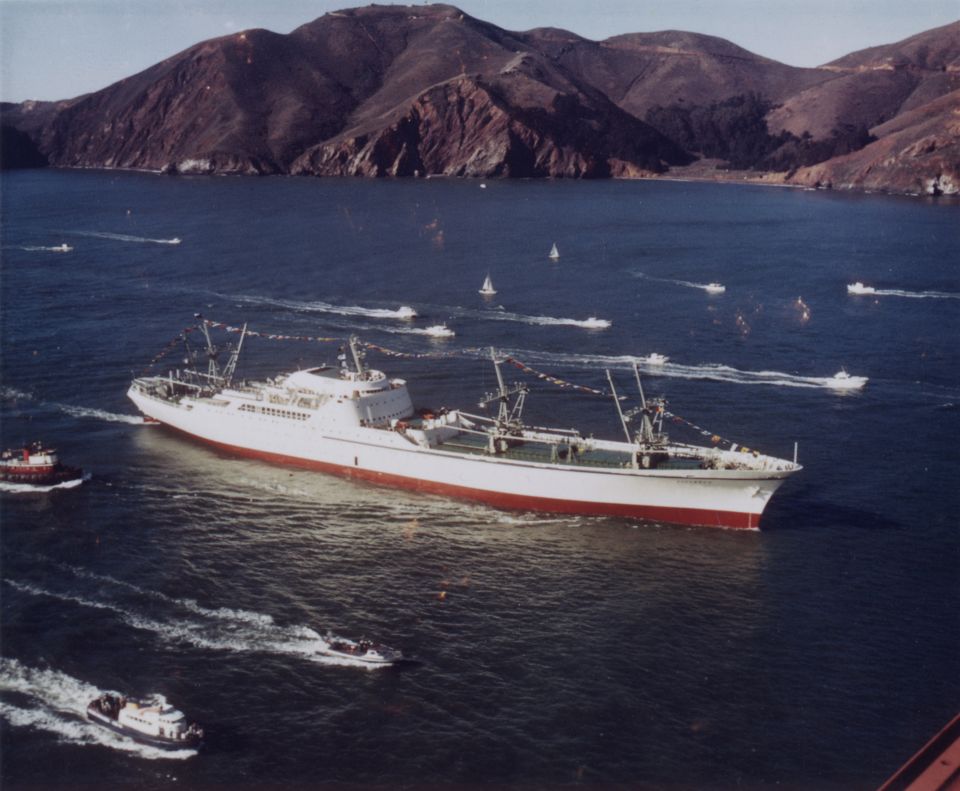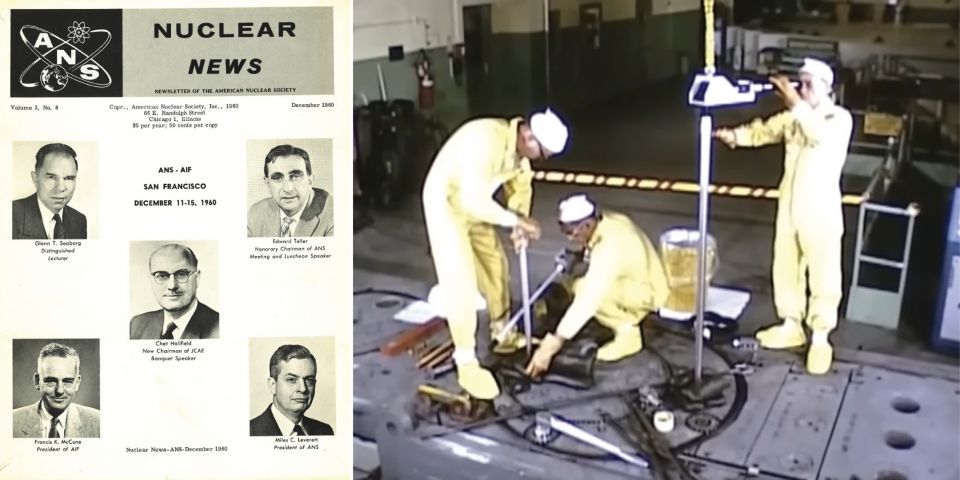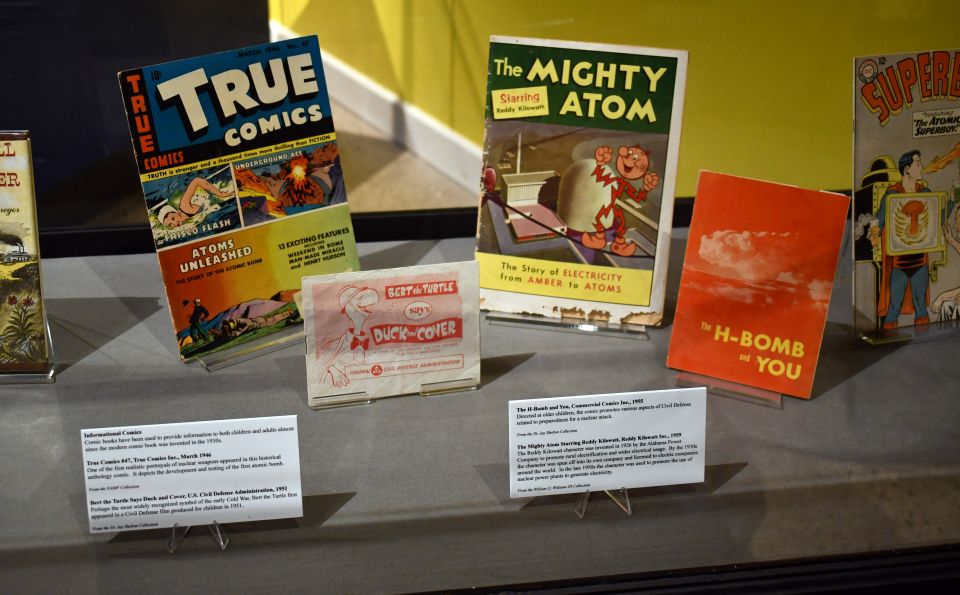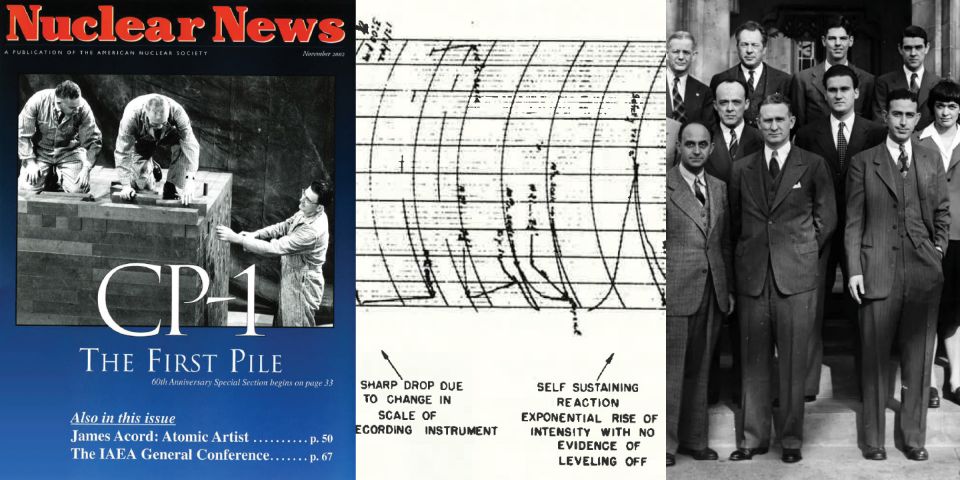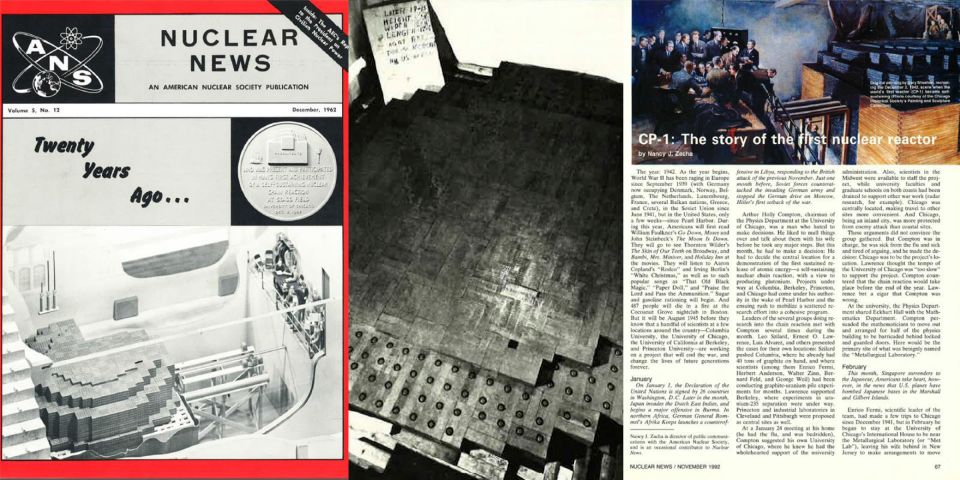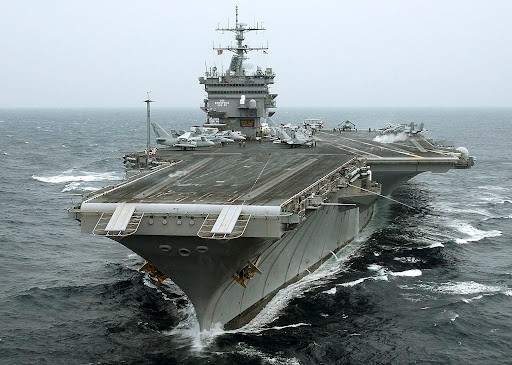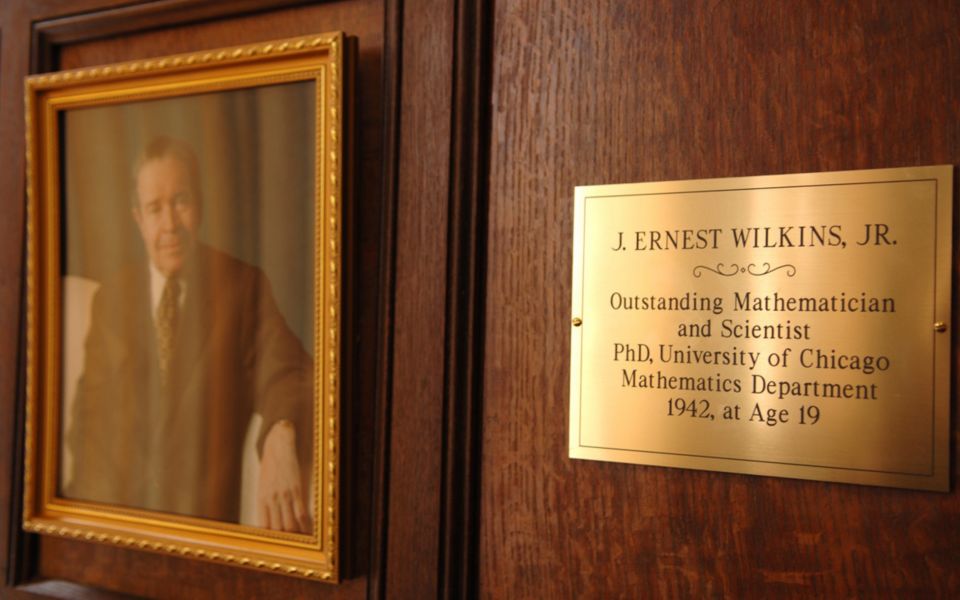Elk River - Rural America's First Atomic Power Plant
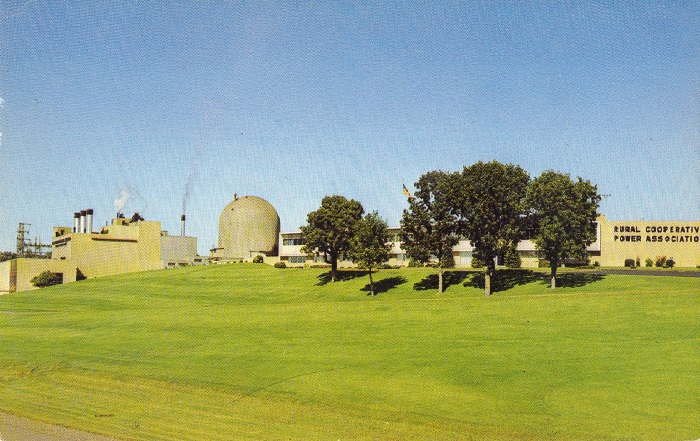
Elk River Generating Station, Rural Cooperative Power Association, Elk River, Minnesota.
The Elk River reactor, as it was generally known in the AEC parlance of the day, was a pioneering effort in America's nuclear energy history. Hailed widely as "Rural America's first atomic power plant," the intention was to provide a pilot installation of a small, simple, and inexpensive nuclear steam supply system that could be duplicated at many far flung locations. Unfortunately for the concept, the Elk River plant in the end proved unable to meet the task for technical reasons; yet, it remains firmly in history as one of the well known early nuclear energy installations. What follows is a brief history of the project and its major players.
Simple Atomic Power and Rural America
In 1957, the atomic energy division of AMF (American Machine and Foundry) which was known as AMF Atomics entered into negotiations with the US Atomic Energy Commission (AEC) to design and construct a very small, simple nuclear power station for the Rural Cooperative Power Association (RCPA) in Minnesota. The plan was to provide a very uncomplicated indirect cycle nuclear plant that could compete economically in such areas with coal fired plants. AMF Atomics had been advertising such a design; below is an illustration from one of its sales brochures.
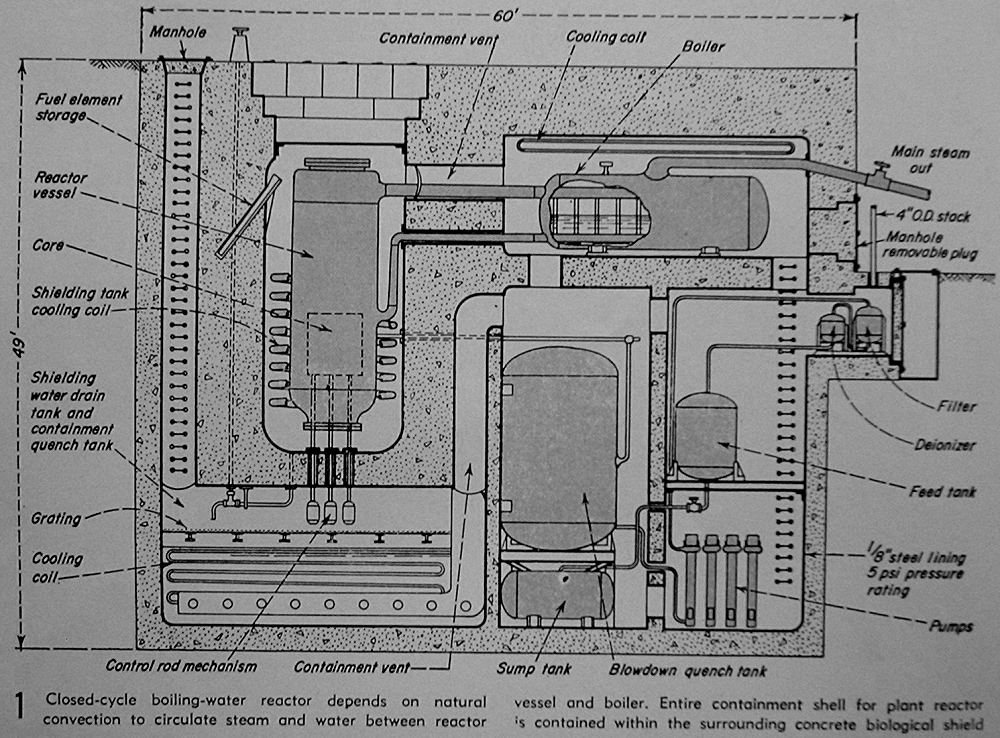
AMF Atomics indirect cycle, natural circulation boiling water reactor nuclear steam supply system and containment. From AMF Atomics brochure in Will Davis collection.
In the illustration above, the simple nature of the nuclear steam supply system is obvious, as is the concrete containment. This early style pressure suppression containment included a quench tank under the reactor, with an internal containment vent connected to it from the area of the steam generators. The plant concept did not include any sort of containment building beyond what is shown above.
The indirect cycle of boiling water reactor (BWR) was selected for this small, rural reactor to simplify both design and control. With the temperature feedback from the steam generators that varied with the demand on steam, the reactor would respond somewhat automatically with increasing or decreasing fission rate (and thus power.) The size of the steam generators was intended to provide a "flywheel effect," damping the rate of change of power and simplifying control.
By October 1957, the fledgling project was already in trouble. AMF Atomics could not come to an agreement with the AEC on a flat price for the nuclear steam supply system. RCPA President O. N. Gravgaard was quoted by the Atomic Industrial Forum (now NEI) in its FORUM MEMO magazine as saying that when the price impasse was reached, AMF Atomics withdrew its offer, and the AEC put the project back up for bids.
ACF Industries was also attempting to get into the nuclear energy business. Like AMF Atomics, it had started with pool type research and training reactors but had plans for power reactors under development from the time it decided to enter atomic energy as a reactor vendor. In March 1958 ACF Industries Nuclear Energy Products Division won the bid to provide a rapid replacement NSSS for the project; it also offered an indirect cycle boiling water reactor. ACF immediately hired Sargent & Lundy as architect-engineer, and the Maxon Construction Company as general construction contractor. The AEC rural nuclear plant project, and with it RCPA's plans for its own nuclear plant, were back on track.
Elk River Becomes Reality

ACF Nuclear Energy Products Division brochure illustration; Will Davis collection
While the AEC had been forced to solicit new bids on the project, RCPA was faced with a dilemma; it needed the power that the plant would have provided, on something like the original schedule. Instead of waiting for whatever was decided by the AEC, it moved to construct a conventional coal fired plant on the site. In fact, it had already ordered much of the steam plant equipment. The new nuclear plant would feed steam to the same turbines that the coal fired plant would use; because the nuclear plant did not provide steam as hot or dry as the coal plant, a coal fired superheater would be interposed between the nuclear plant and the turbines. (In the photo at the top of this article, coal smoke can be seen coming from the single stack of the superheater, signifying that the nuclear plant was in operation.)
ACF's plant was different from AMF's in some ways - for example, it would have a conventional containment instead of the compact, underground type AMF had planned. The nuclear steam supply system was designed so that at some later point it could be converted to a pressurized water system; extra blanked nozzles were provided on the reactor vessel, for example, in anticipation of this (never completed) conversion. It was intended that in the conversion, the thermal power of the reactor would be doubled, and the containment was built with this alteration in mind (provision for adding steam generators and sizing for the larger source term.)
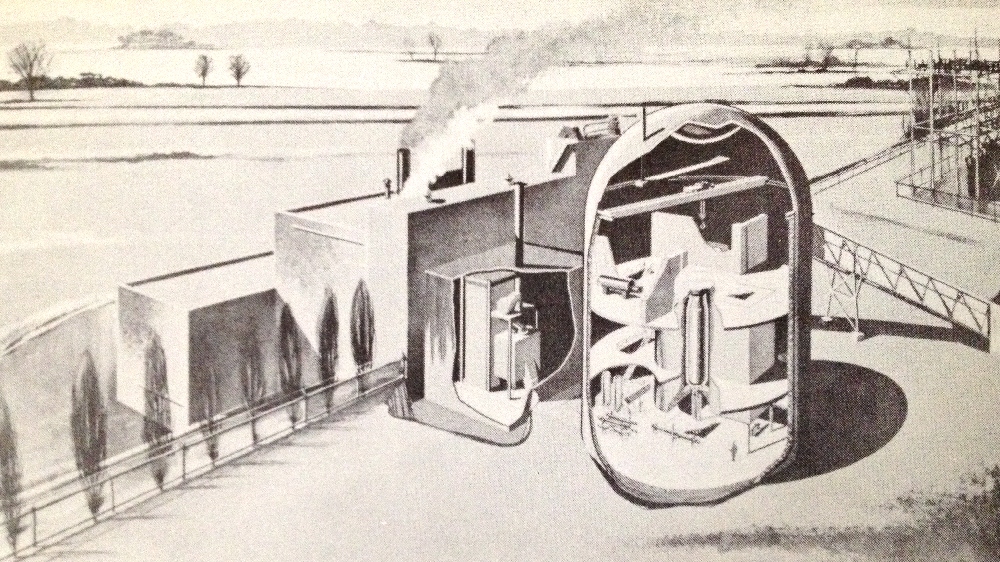
Elk River Plant; ACF Nuclear Energy Products Division ACF Horizons Magazine August 1958, Will Davis collection
In the illustration above, we see the Elk River station as completed. The RCPA coal fired steam plant is from the center of the illustration to the left; stacks emitting coal smoke can be seen on its roof. This portion was completed by RCPA. On the right, the nuclear portion of the plant, which was owned by the AEC under the Power Demonstraton Reactor Program. Between the nuclear plant containment and the RCPA generating station is a small building with a smoke stack on its roof; this is the coal fired superheater for the nuclear plant.
Construction and Operation of Elk River
At the time ACF won the second round bid to complete the nuclear portion of Elk River it was hoped that the plant would be completed in late 1959 at a cost of about $6.2 million. It quickly became clear that this was not possible, and shortly ACF was promising completion in 1960 for roughly $11.4 million.
August 1958 saw the ground breaking for the nuclear portion of the plant; construction actually began in October.
While the nuclear plant construction was underway, another major project change took place. The year 1959 was one of significant change in the nuclear industry, as a number of mergers and acquisitions took place; there were simply too many companies attempting to take part in the nuclear technology expansion for all of them to survive independently. The well known giant manufacturing firm Allis-Chalmers purchased ACF Industries' entire nuclear business and merged it into its own, existing nuclear energy operations. The merger was seen at the time as a good move for Allis-Chalmers, who was trying very seriously to expand its nuclear business.

Elk River Plant. Post card, Will Davis collection.
In the illustration above, the Elk River plant is seen in a state of partial completion. The conventional coal fired plant is seen at center, in operation. At the right is the containment for the nuclear portion of the plant (owned by the AEC) under construction by Chicago Bridge & Iron as a subcontractor to Allis-Chalmers.
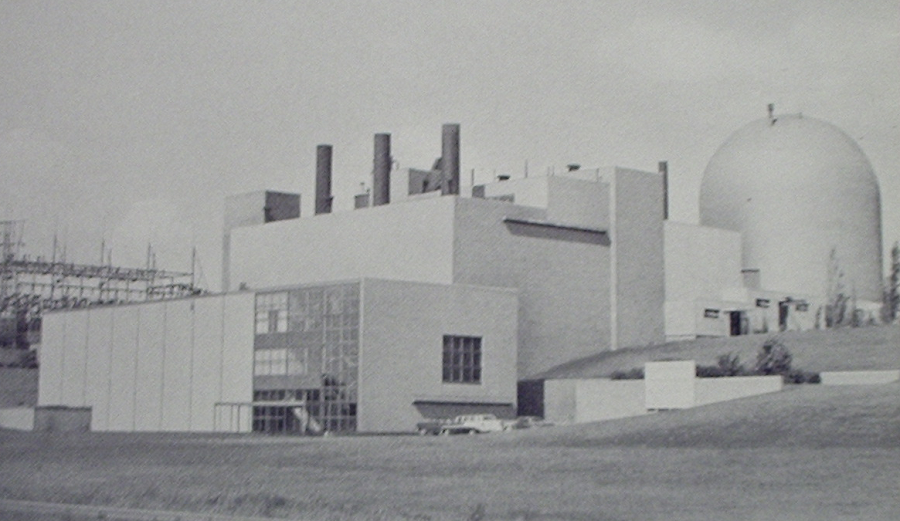
Elk River Plant. Allis-Chalmers Annual Report 1960, Will Davis collection.
The illustration above appeared in the 1960 Allis-Chalmers Annual Report, which noted that the plant was virtually complete. The containment is complete, and the superheater has been constructed between it and the RCPA Elk River coal fired plant. Allis-Chalmers has airbrushed out the signage on the power plant for this illustration in its annual report; the identical photo but with signage can be found in other publications of the day.
The reactor vessel was delivered in February 1960, and the plant construction continued to experience small delays. Detail and finish problems with the reactor vessel led to some of these, with stainless steel clad being the foremost issue. There were also troubles with the fuel elements. Although practically complete in the fall of 1961, the nuclear plant would not be fueled until late in 1962.
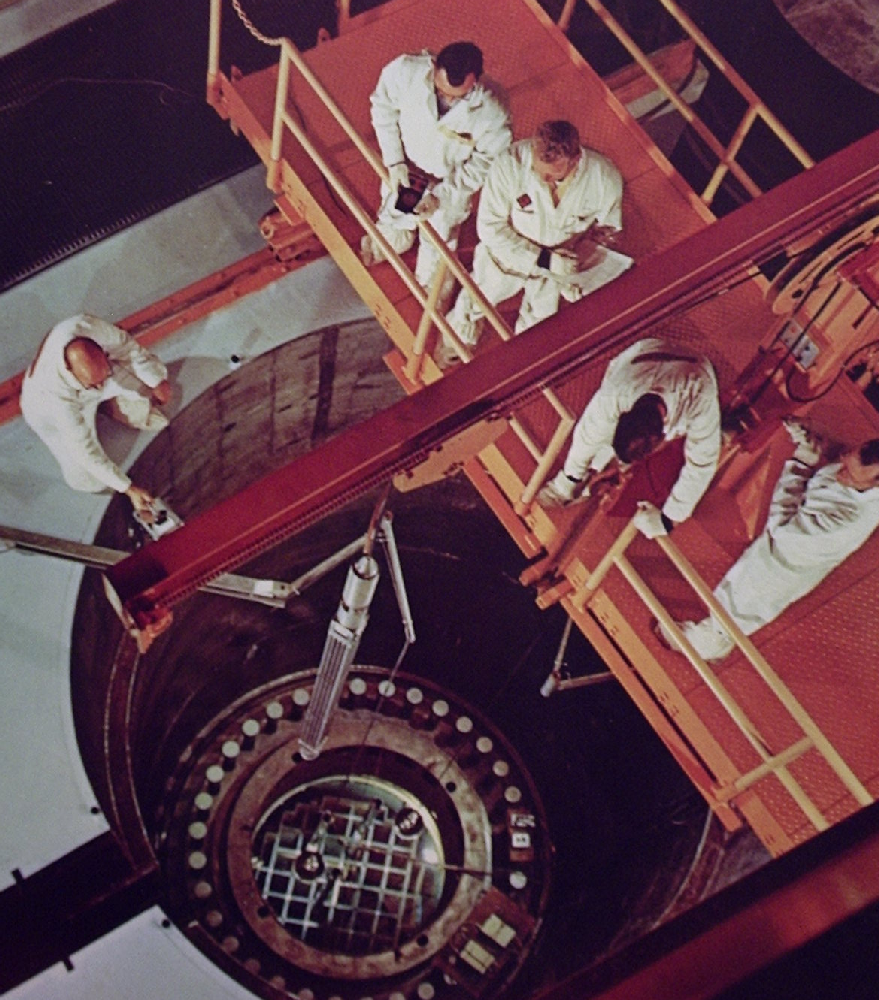
Loading fuel at Elk River. From Allis-Chalmers Electrical Review, 4th quarter 1962, Will Davis collection.
Startup and warranty tests were protracted, but initial criticality was finally achieved in November 1962. It took until July 13, 1964 for the nuclear plant to produce power on the grid; the 28 day full power warranty run was completed March 21, 1964. In June 1965 the Elk River reactor was declared to be in commercial operation.
There were many causes for the continued delay after initial criticality; a major one was the need to replace entirely the reactor instrumentation and control system which had originally been built as single channel equipment. (This means simply that for any measured parameter that could shut down the reactor, only one indication would do that - any fault or perturbation might cause a spurious shutdown.) The whole system was replaced with multi-channel equipment. This was just one of a number of problems that Allis-Chalmers bought when it purchased the nuclear business from ACF. Heavy rework on the reactor vessel, as already mentioned, had been another.
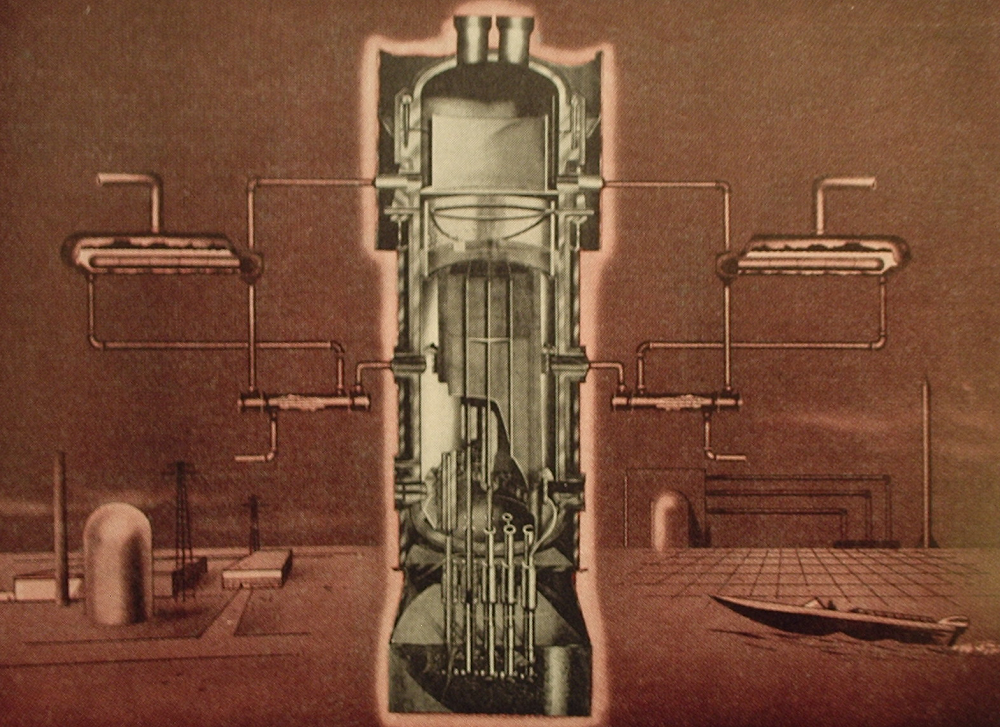
ACF Industries diagram of Elk River reactor, Will Davis collection.
Above is a diagrammatic illustration of the Elk River nuclear steam supply system. The horizontal steam generators are evident; the primary water was boiled in the reactor, passed through the tubes of the steam generators and returned to the reactor by natural convection. The reactor was rated 58.2 MWt, with the superheater contributing another 14.8 MWt; the plant operating under nuclear steam was rated 22 MWe, although the entire Elk River station had a higher output than this running on the coal boilers. The initial fuel loading for the reactor included 195 kg of uranium and 4200 kg of thorium dioxide, which was fertile material that was converted to nuclear fuel and then itself burned during reactor operation.
A Rapid Decline and Shutdown
Reports from any number of sources indicate a troublesome fact: While the work to fix the reactor pressure vessel had been extensive, there was found to be a small amount of leakage of water from the beginning of operation. The amount was very small, but was detectable; the AEC ruled that it was within specification, and permitted operation. Added to the other problems and delays, though, this was the proverbial straw that broke the camel's back.
In January 1968 the plant was shut down so that a concerted effort could be mounted to discover the sources of the primary coolant leaks. Small cracks were found in the vessel and in piping, and it was determined that the cost of repair or replacement was well beyond what AEC or RCPA were willing to bear. As it would happen, then, the January 31, 1968 inspection shutdown date would become the final shutdown date for the Elk River reactor.
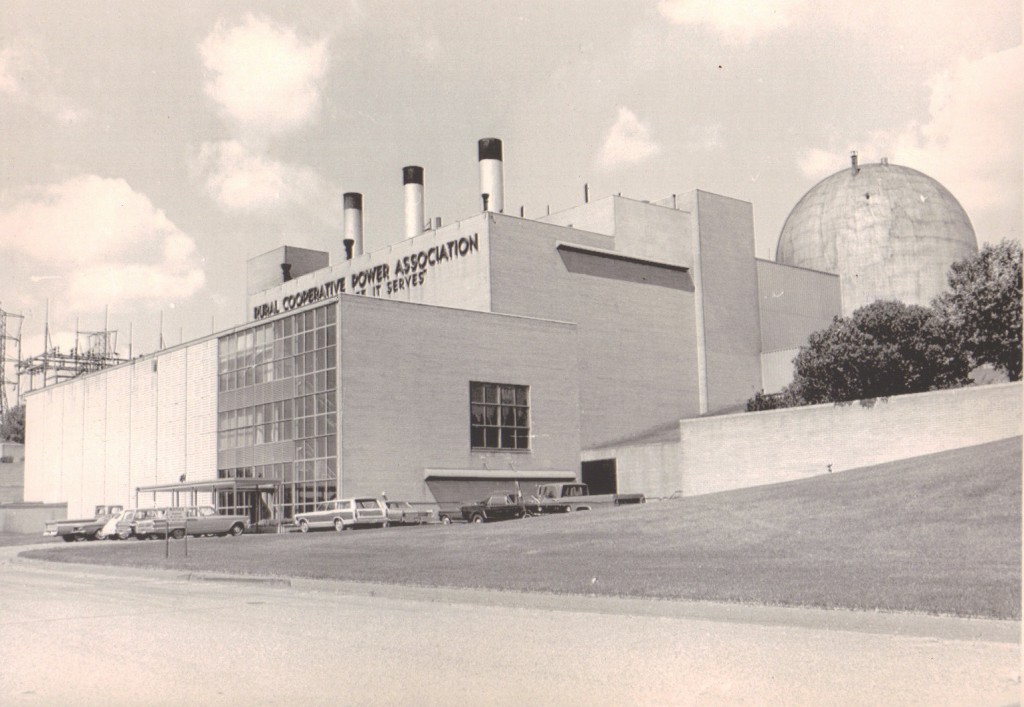
Elk River at time of shutdown announcement, March 1971. UPI Telephoto print in Will Davis collection.
The reactor was defueled and all fuel was shipped off site by September 16, 1969. After reviewing its options, the AEC decided in March 1971 to immediately decommission and dismantle the nuclear portion (which it owned) of the Elk River plant. (The press photo above was taken at the time of this announcement.) The demolition began in June 1972, and was completed in September 1974 when the entire project was officially declared terminated after the site was surveyed and released to RCPA for general use.
"America's first rural atomic power plant" had operated for only a few years. It proved that it was feasible to operate small nuclear units distributed around the country on small grids without trouble. It showed that a simple natural circulation BWR could be practical, which went a long way towards pushing simplicity. Material and fabrication problems, not concept or operability, are what ultimately doomed this project, and were also responsible for much of the delay and cost overrun (although early teething problems in nuclear plants such as the single channel systems having to be replaced cannot be ignored.) However the outcome is viewed though, the Elk River experience proved that practical small reactors could be built and added onto existing power plants at remote locations that didn't have heavy barge shipment available, and should be remembered best as one of many significant points on the early learning curve of nuclear plants in the United States.
Sources for this article include the following:
(An original two piece article published on this author's own blog in 2011 provided the framework for this revised, improved and condensed piece for ANS.)
ACF Horizons Magazine; October-November 1956 and August 1958 issues.
ACF "Specialists in Reactor Diversification" brochure, undated.
Allis-Chalmers Electrical Review magazine, 4th Quarter 1962.
"Engineering in Action, Annual Issue 1959", Allis-Chalmers Manufacturing Company.
"The Story of One Year at Allis-Chalmers - Part two, Allis-Chalmers 1960 Annual Report," Allis-Chalmers Manufacturing Company.
"Atomic Powered Allis." Mark Rusk, Old Allis News Summer 2007.
"My Experience as an Instrument Technician in Rural America's First Nuclear Power Plant." Donald R. McRae, Old Allis News Summer 2007.
All images and sources in author's collection.
 Will Davis is Communications Director and board member for the N/S Savannah Association, Inc. He is a consultant to the Global America Business Institute, a contributing author for Fuel Cycle Week, and he writes his own popular blog Atomic Power Review. Davis is also a consultant and writer for the American Nuclear Society, and serves on the ANS Communications Committee and will serve on the Book Publishing Committee beginning in June. He is a former US Navy reactor operator and served on SSBN-641, USS Simon Bolivar.
Will Davis is Communications Director and board member for the N/S Savannah Association, Inc. He is a consultant to the Global America Business Institute, a contributing author for Fuel Cycle Week, and he writes his own popular blog Atomic Power Review. Davis is also a consultant and writer for the American Nuclear Society, and serves on the ANS Communications Committee and will serve on the Book Publishing Committee beginning in June. He is a former US Navy reactor operator and served on SSBN-641, USS Simon Bolivar.



